'An allegorical dream vision, a pilgrim’s quest for perfect love' that's one of the National Trust's finest treasures
We're taking a look at nine of the greatest objects on display in the National Trust's properties across Britain — starting with a painting at Wallington in Northumberland.
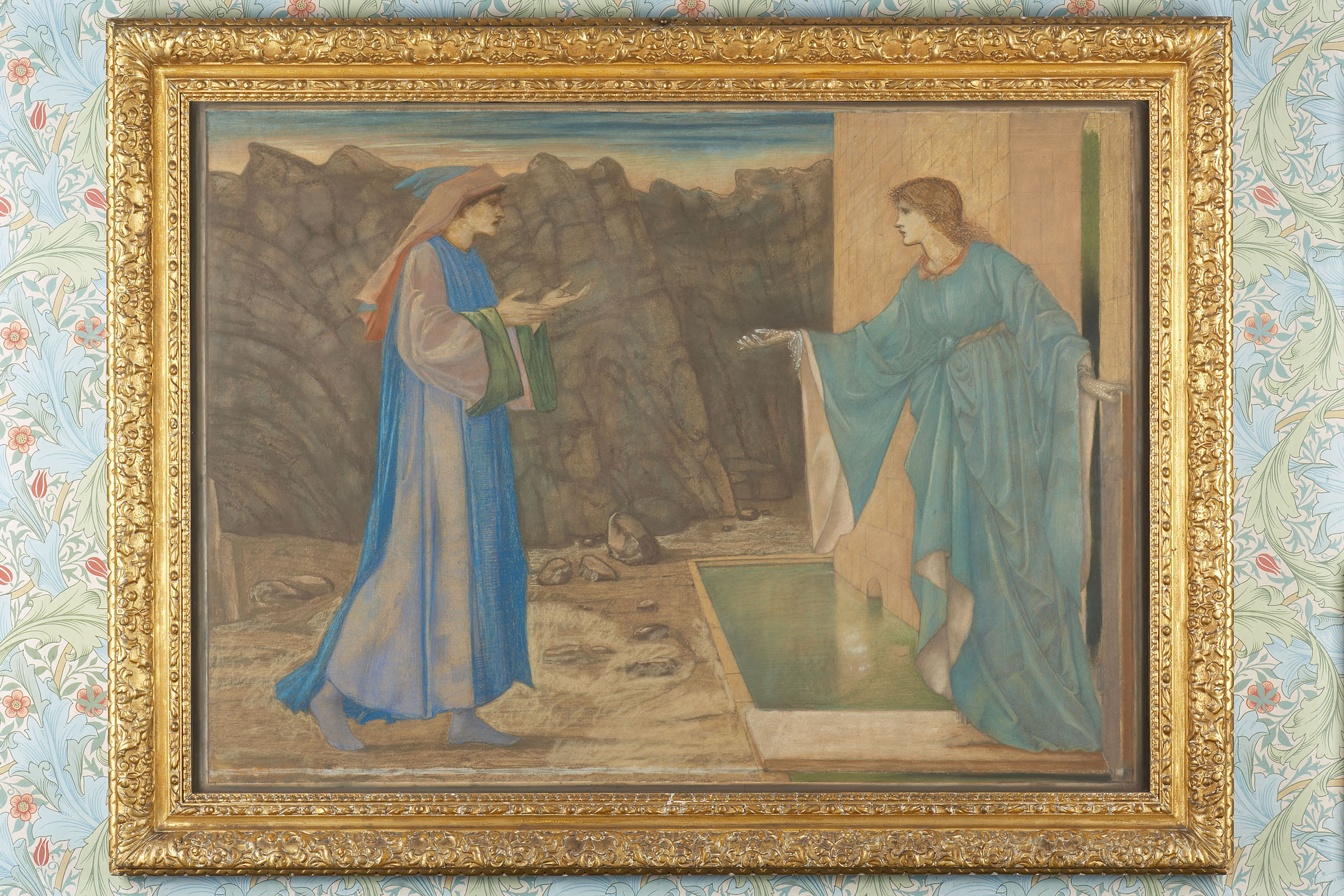

The National Trust’s collections are not only vast, but contain objects of astonishing beauty, quality and human interest.
To coincide with the Trust’s 125 anniversary, we asked nine senior curators — including national experts in painting and sculpture, textiles, furniture and decorative arts — to choose their favourite object from among those in their care.
Idleness and the Pilgrim of Love by Sir Edward Coley Burne-Jones, about 1872–76, at Wallington, Northumberland
Chosen by Sally-Anne Huxtable, head curator
Burne-Jones was deeply inspired by Roman de la Rose, a 13th-century French poem of courtly love by Guillaume de Lorris and Jean de Meun, and Chaucer’s 14th-century translation of it, The Romaunt of the Rose. The poem is an allegorical dream vision, a pilgrim’s quest for perfect love, which he eventually achieves in the form of a woman in the form of a rose bush inside the Garden of Desire.
Here, in this pastel and watercolour, executed over an earlier cartoon in pencil, the pilgrim is tested by Idleness in the form of another beautiful woman. Themes of quest and idealised love were ones to which the artist returned time and again through different media, including stained glass, tiles, painting, murals, tapestry and embroidery.
www.nationaltrust.org.uk/wallington
READ MORE: A week-by-week guide to what to see at the National Trust's properties in 2020

Sign up for the Country Life Newsletter
Exquisite houses, the beauty of Nature, and how to get the most from your life, straight to your inbox.
Country Life is unlike any other magazine: the only glossy weekly on the newsstand and the only magazine that has been guest-edited by HRH The King not once, but twice. It is a celebration of modern rural life and all its diverse joys and pleasures — that was first published in Queen Victoria's Diamond Jubilee year. Our eclectic mixture of witty and informative content — from the most up-to-date property news and commentary and a coveted glimpse inside some of the UK's best houses and gardens, to gardening, the arts and interior design, written by experts in their field — still cannot be found in print or online, anywhere else.
-
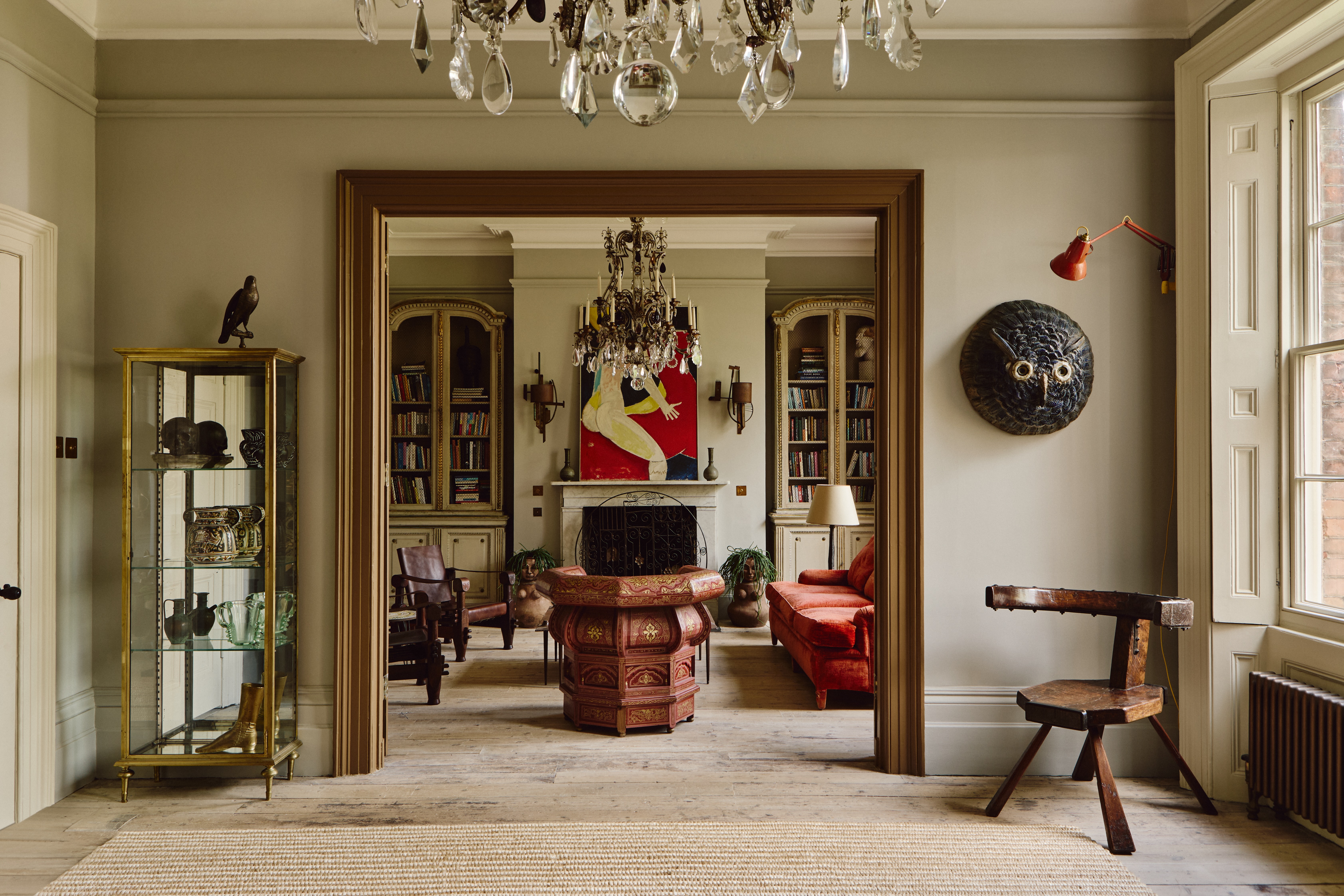 ‘It had the air of an ex-rental, and that’s putting it politely’: How an antique dealer transformed a run-down Georgian house in Chatham Dockyards
‘It had the air of an ex-rental, and that’s putting it politely’: How an antique dealer transformed a run-down Georgian house in Chatham DockyardsAn antique dealer with an eye for colour has rescued an 18th-century house from years of neglect with the help of the team at Mylands.
By Arabella Youens
-
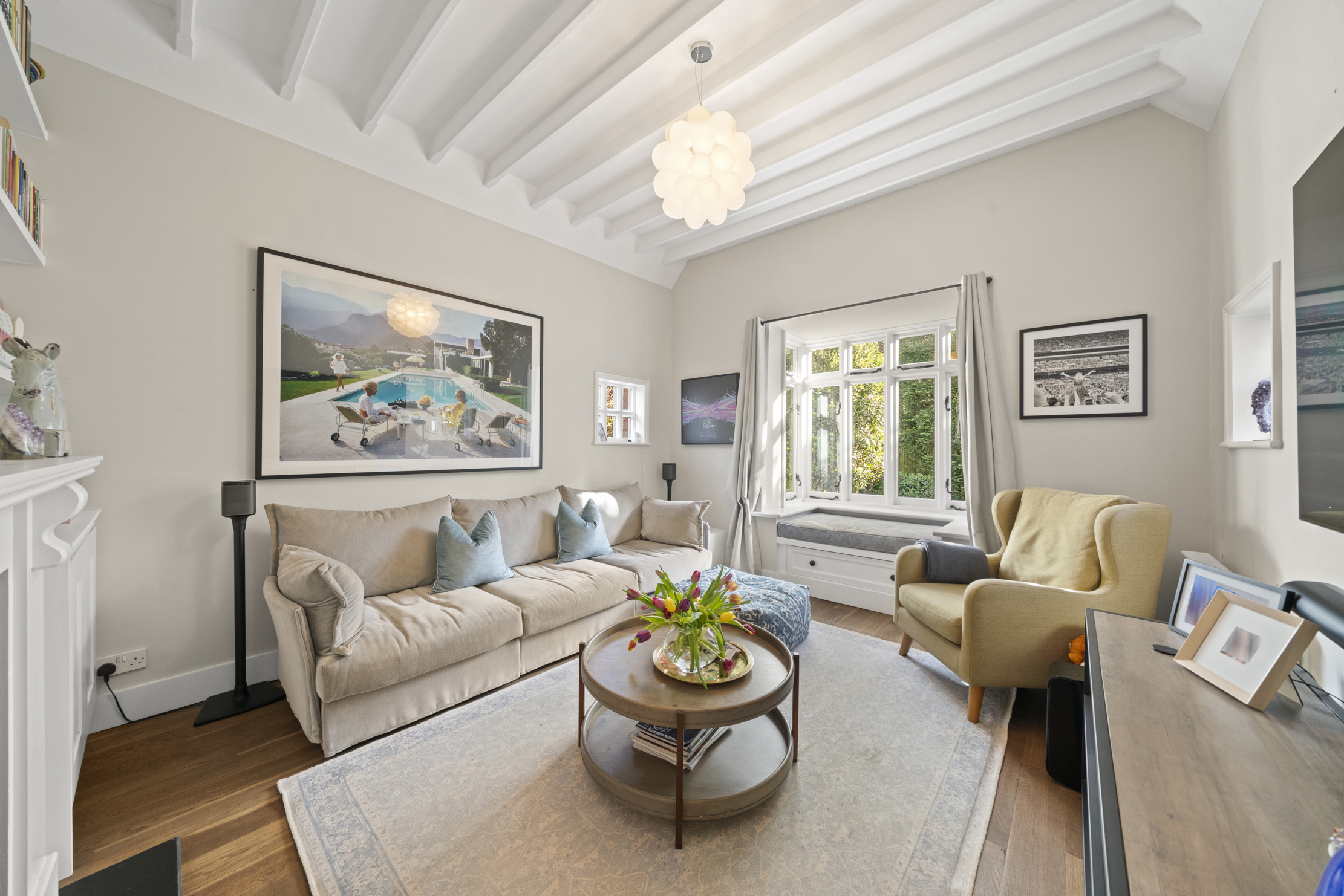 A home cinema, tasteful interiors and 65 acres of private parkland hidden in an unassuming lodge in Kent
A home cinema, tasteful interiors and 65 acres of private parkland hidden in an unassuming lodge in KentNorth Lodge near Tonbridge may seem relatively simple, but there is a lot more than what meets the eye.
By James Fisher
-
 The best regional art galleries in Britain, from Cornwall to Orkney
The best regional art galleries in Britain, from Cornwall to OrkneyWherever you are in Britain, you’re never far from an interesting gallery. Here we present an eclectic round-up of 45 places to see art outside the big cities.
By Country Life
-
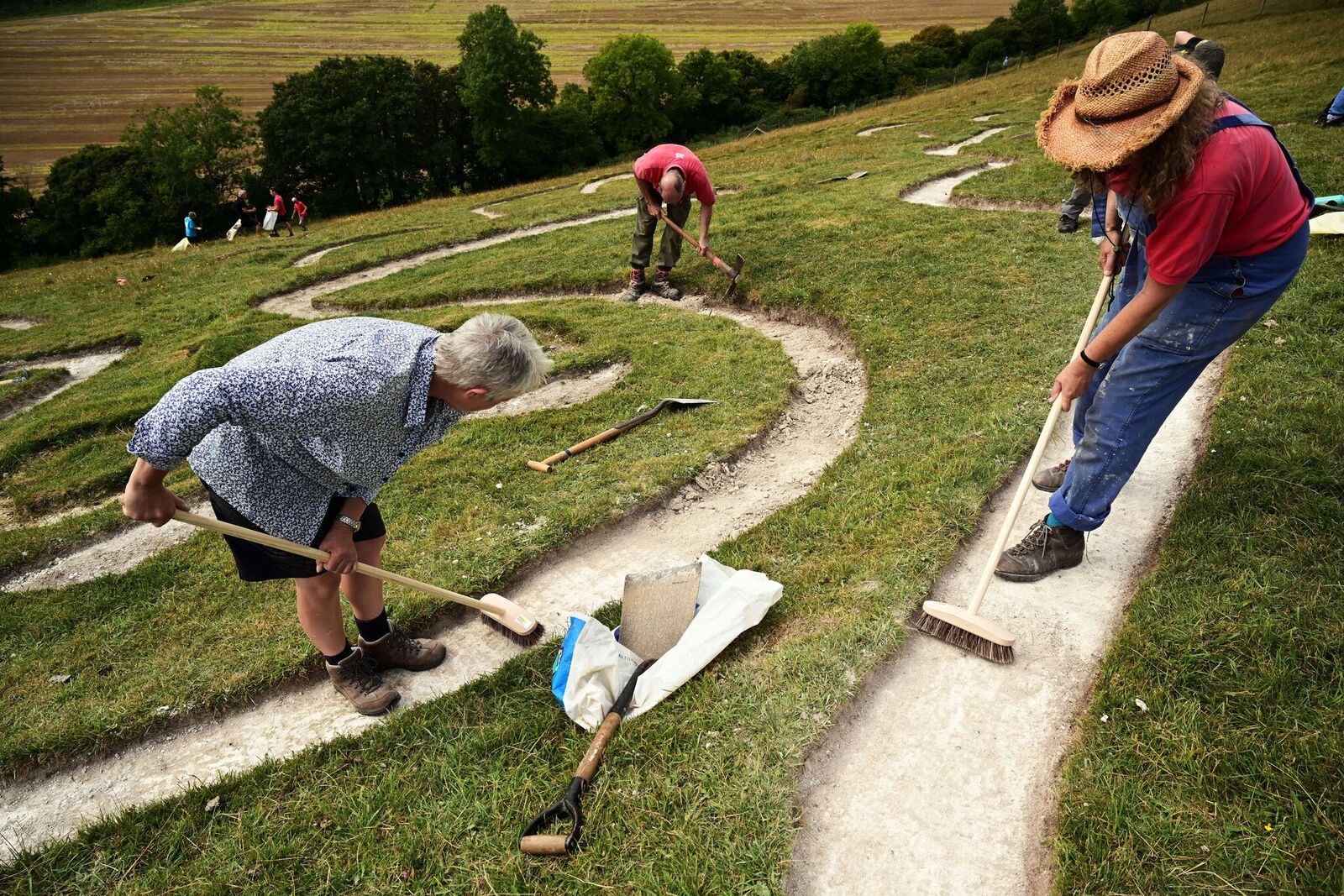 Cerne Abbas: Was the giant naked man an artistic act of defiance aimed at monks?
Cerne Abbas: Was the giant naked man an artistic act of defiance aimed at monks?New evidence suggests that the Cerne Abbas giant is much older than previously thought — and that its creation might have been 'a big two fingers' aimed at the Benedictine monks who had recently established an abbey.
By Annunciata Elwes
-
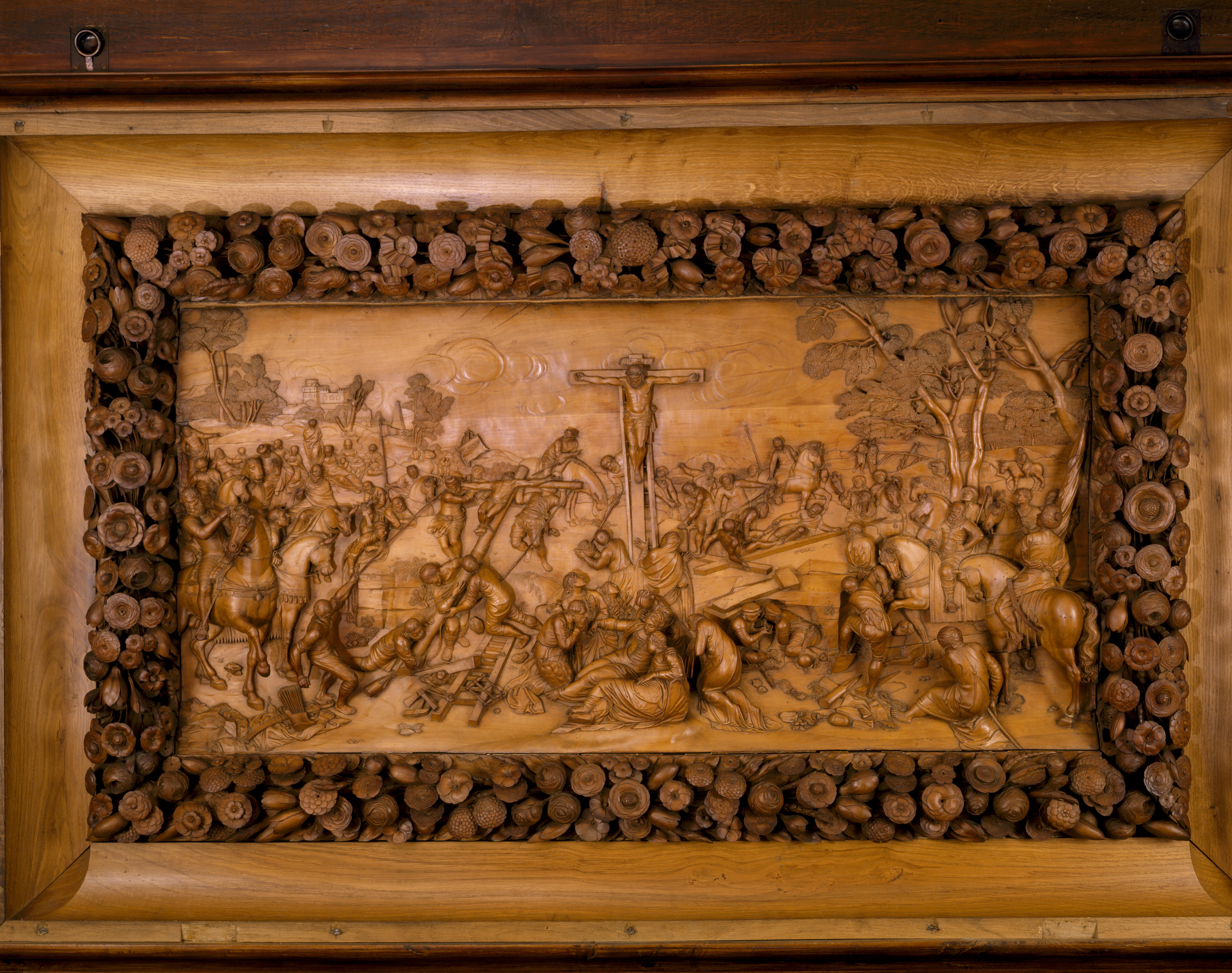 Nine of the most astonishing objects you can see at National Trust properties, from priceless paintings to a wooden leg to a simple tunic with a heartbreaking tale to tell
Nine of the most astonishing objects you can see at National Trust properties, from priceless paintings to a wooden leg to a simple tunic with a heartbreaking tale to tellWe're taking a look at nine of the greatest objects on display in the National Trust's properties across Britain.
By Country Life
-
 The Ickworth Velazquez that's one of the very greatest treasures of the National Trust
The Ickworth Velazquez that's one of the very greatest treasures of the National TrustIn the final part of our series looking at the National Trust's finest treasures, we look at one of the very finest paintings in the Trust's ownership.
By Country Life
-
 A 15th-century altar cloth that survives in almost miraculous condition, one of the National Trust's greatest treaures
A 15th-century altar cloth that survives in almost miraculous condition, one of the National Trust's greatest treauresOur series looking at the National Trust's finest treasures looks at a pre-Reformation altar front from Cotehele which has survived to the present day.
By Country Life
-
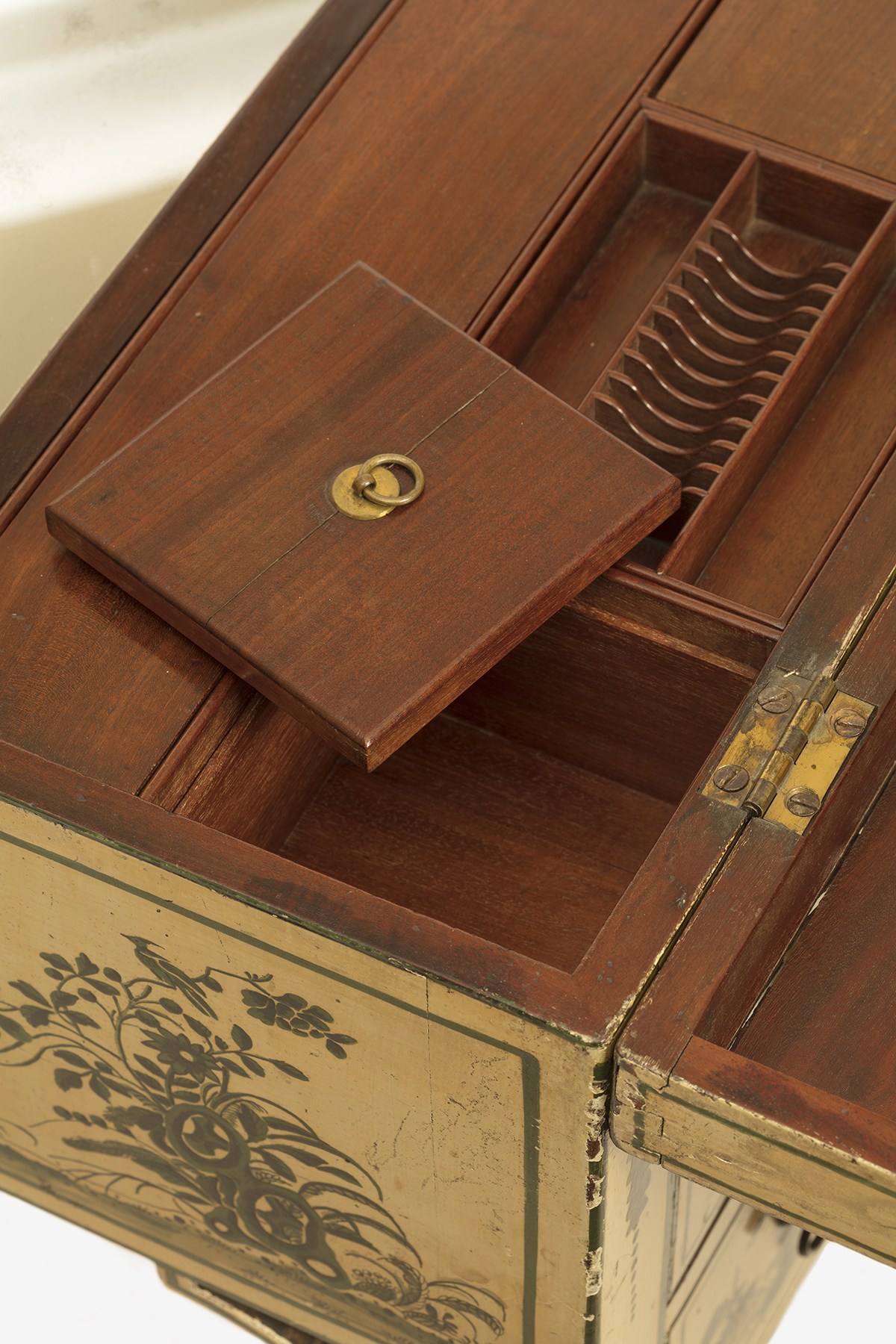 A Chippendale table that's 'the epitome of light-hearted Chinoiserie design', one of the National Trust's greatest treasures
A Chippendale table that's 'the epitome of light-hearted Chinoiserie design', one of the National Trust's greatest treasuresOur series looking at the National Trust's finest treasures takes aim at the Thomas Chippendale dressing table of Anglesey Abbey in Cambridgeshire.
By Country Life
-
 A pair of tureens that are a Rococo tour de force in silver, and among the finest treasures of the National Trust
A pair of tureens that are a Rococo tour de force in silver, and among the finest treasures of the National TrustWe're taking a look at nine of the greatest objects on display in the National Trust's properties across Britain — this time around we look at the incredibly intricate soup tureens of Ickworth.
By Country Life
-
 A great Italian masterpiece brought to life as a woodcut by an English genius, one of the National Trust's finest treasures
A great Italian masterpiece brought to life as a woodcut by an English genius, one of the National Trust's finest treasuresWe're taking a look at nine of the greatest objects on display in the National Trust's properties across Britain — today it's the astonishing carving at Dunham Massey.
By Country Life